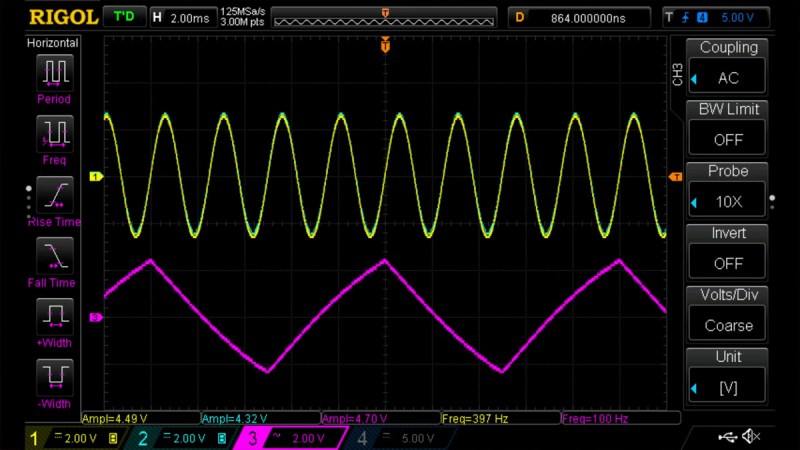If you’re the sort who finds beauty in symmetry – and I’m not talking about your latest PCB layout – then you’ll appreciate this clever take on the long-tailed pair. [Kevin]’s video on this topic explores boosting common mode rejection by swapping out the old-school tail resistor for a current mirror. Yes, the humble current mirror – long underestimated in DIY analog circles – steps up here, giving his differential amplifier a much-needed backbone.
So why does this matter? Well, in Kevin’s bench tests, this hack more than doubles the common mode rejection, leaping from a decent 35 dB to a noise-crushing 93 dB. That’s not just tweaking for tweaking’s sake; that’s taking a breadboard standard and making it ready for sensitive, low-level signal work. Instead of wrestling with mismatched transistors or praying to the gods of temperature stability, he opts for a practical approach. A couple of matched NPNs, a pair of emitter resistors, and a back-of-the-envelope resistor calculation – and boom, clean differential gain without the common mode muck.
If you want the nitty-gritty details, schematics of the demo circuits are on his project GitHub. Kevin’s explanation is equal parts history lesson and practical engineering, and it’s worth the watch. Keep tinkering, and do share your thoughts on this.
















from a decent 35 dB to a noise-crushing 93 dB
“more than doubles” indeed.
I see what you did here
Duh, its actually almost thrice as good!
Technically accurate, the best kind of accurate.
Technically correct to say 58 dB (a factor of 794 in voltage) is “more than double”.
Accurate? Ok, sure. Technically.
If you are interested in designing low distortion amplifiers using discrete transistors, I heartily recommend the book, “Audio Power Amplifier Design” by Douglas Self. This book really saved me when I needed to design an amplifier with some unique characteristics.
A guru and a great book, he’s got a good line on Audiophools too:
“I simply go where the facts lead me, and my experiences as an amateur
musician, my work designing professional mixing consoles, and my studies
in psychology and psychoacoustics have led me to the firm conclusion that
inexplicable influences on audio quality simply do not exist, and that any
serious book on amplifier design must start from this premise.”
That does it, I’m taking my oxygen-free 24ct gold TOSLINK cable and going home!
I would recommend using an IC containing a matched pair of transistors. The CA3046 or CA3096 come to mind.
Lots of dual transistors available at very low cost. JLCPCB will put a MMDT3904 dual NPN on a board for you for less than $0.03.
Using tail current sources/mirrors instead of resistors has been standard since the 1960’s, see uA709, for example. Larger CM range, better CMR, constant tail current, much easier to produce monolithically, etc. What this guy is doing is putting 19th century wooden wheels on a car and comparing to modern metal/rubber ones. But OK, it’s just educational, I guess.
A little more improvement is available by balancing the collector loads on the amplifier transistors, correcting for the Early effect.